Getting your furnace tuned up each year is one of the best things you can do as a homeowner. Not only does a tune-up improve your furnace’s efficiency and extend its lifespan, but it also ensures safe operation and can prevent unexpected repairs down the road.
A yearly tune-up by a qualified technician improves efficiency by cleaning and adjusting the furnace components so they operate at peak performance. This keeps your furnace running smoothly and can lead to significant savings on your energy bills over time. The small upfront investment of a tune-up is paid back multiple times over through lower heating costs.
Signs You Need a Furnace Tune-Up
Your furnace can start showing signs when it needs some maintenance and care. Being attentive and noticing these issues early can help improve performance and extend the life of your system. Here are some of the top indications that it’s time to call the HVAC company for a tune-up:
Noisy operation – If your furnace is making strange new sounds like banging, whining or loud humming, there could be an issue. Common causes include a faulty motor, closed vents, or a problem with the blower.
Slow to start or shut off – Over time, the various components in a furnace can get stuck or corroded. This can make it sluggish to start heating when you turn up the thermostat. Or it may take a while to shut off after reaching the set temperature. A maintenance check can lubricate parts and ensure proper operation.
Uneven heating – Hot and cold spots in your home can mean the furnace needs adjustment. Dirty filters, blocked vents or improper air flow might be the culprits. A technician can troubleshoot the issue during a furnace tune-up.
Higher utility bills – Drafty ducts, a faulty ignitor causing the furnace to cycle too much, or an improper blower speed can waste energy. This drives up heating costs. Evaluating and tuning your system can help improve efficiency.
Burning smells or soot – Foul odors from a furnace are a safety issue. It often means incomplete combustion is occurring. This can clog the heat exchanger over time. Catching problems early prevents more serious and costly damage down the road.
Letting a professional inspect and tune your furnace yearly goes a long way towards more comfortable and efficient operation. Watch for any of these warning signs that maintenance is overdue.
How Often Should You Get a Furnace Tune-Up?
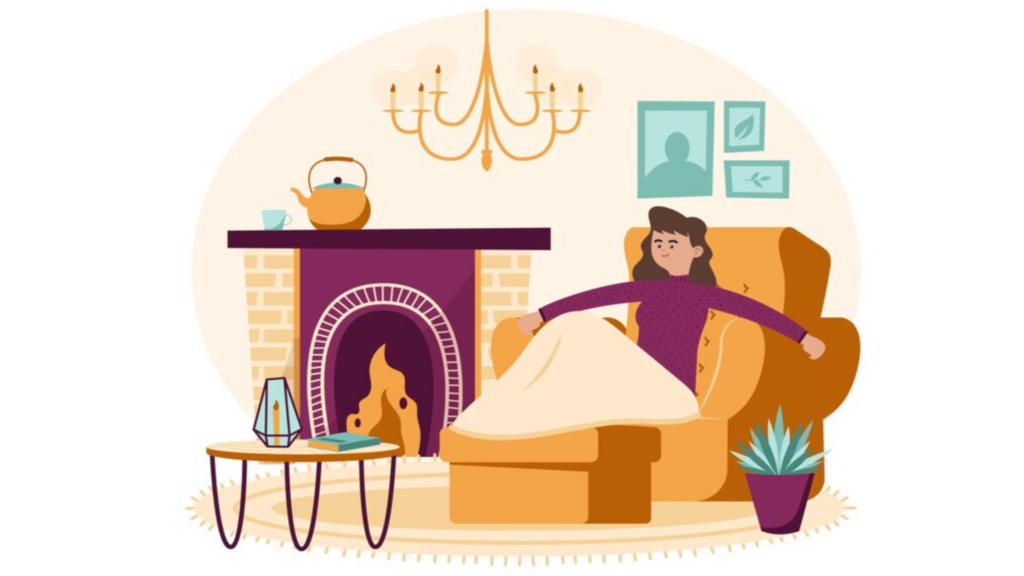
Getting a yearly furnace tune-up is recommended for most homes. This will keep your system running at peak efficiency and help prevent unexpected breakdowns and repairs.
For older furnaces, it’s wise to schedule preventative maintenance twice a year – once before the heating season starts and again halfway through winter. Furnaces that are over 10 years old or nearing the end of their lifespan will benefit from more frequent attention. This helps ensure they continue working properly through the coldest months.
Some experts advise tuning up the furnace every 3-4 months. While that may seem excessive, it’s a good idea if you live in an extremely cold climate, have a large home, or your unit runs constantly during winter. The small added cost brings peace of mind that your furnace won’t fail when you need it most.
No matter what schedule you choose, don’t wait until your furnace stops working altogether to call for service. Reactive repairs usually cost more than routine maintenance. Get ahead of problems before they happen for the best results.
What's Done During a Tune-Up
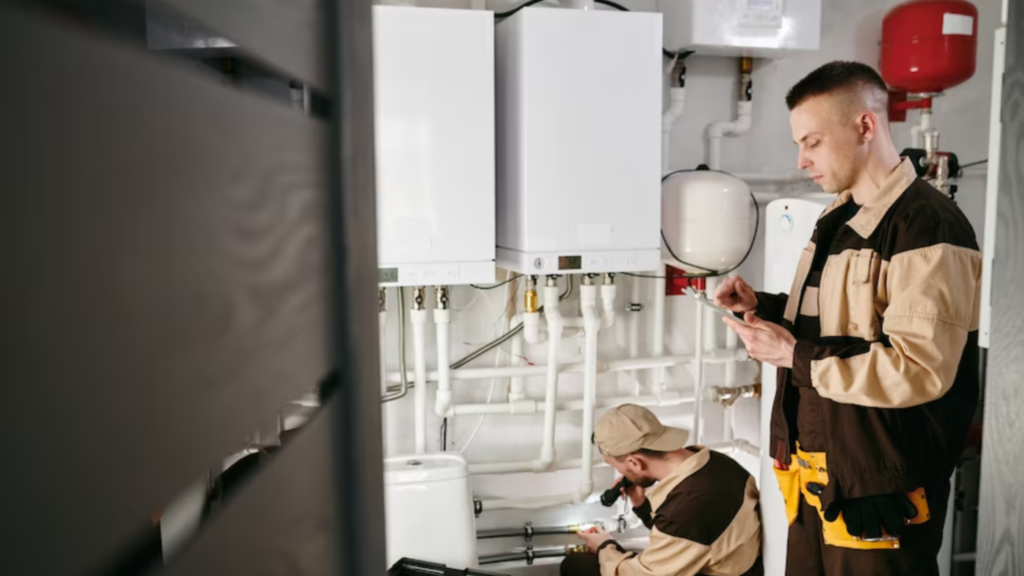
A furnace tune-up involves a thorough cleaning, inspection, and adjustment of your system. Here are some of the key things a technician will do:
- Check and clean parts like the blower motor, heat exchanger, burners, and pilot light. They remove dust, debris, and corrosion that builds up over time.
- Test for carbon monoxide. High levels could indicate a problem with combustion that needs fixing.
- Measure efficiency. They’ll check things like temperature rise and make sure your furnace is operating at peak efficiency.
- Adjust the burner. Fine tuning the air-fuel mixture helps optimize combustion.
- Lubricate the blower motor and other moving parts. This reduces wear and noise.
- Check safety controls like the flame sensor, limit switch, and gas valve. Verifying proper operation prevents dangerous conditions.
- Inspect the heat exchanger for cracks or damage. Repairs may be needed if compromised.
- Check vents and chimneys for blockages. Proper ventilation is critical for safety.
- Replace air filters if needed. Dirty filters lower system efficiency.
A good tune-up identifies any issues early before they become big problems. It helps ensure your furnace runs safely, efficiently, and reliably throughout the heating season.
DIY vs Hiring a Professional
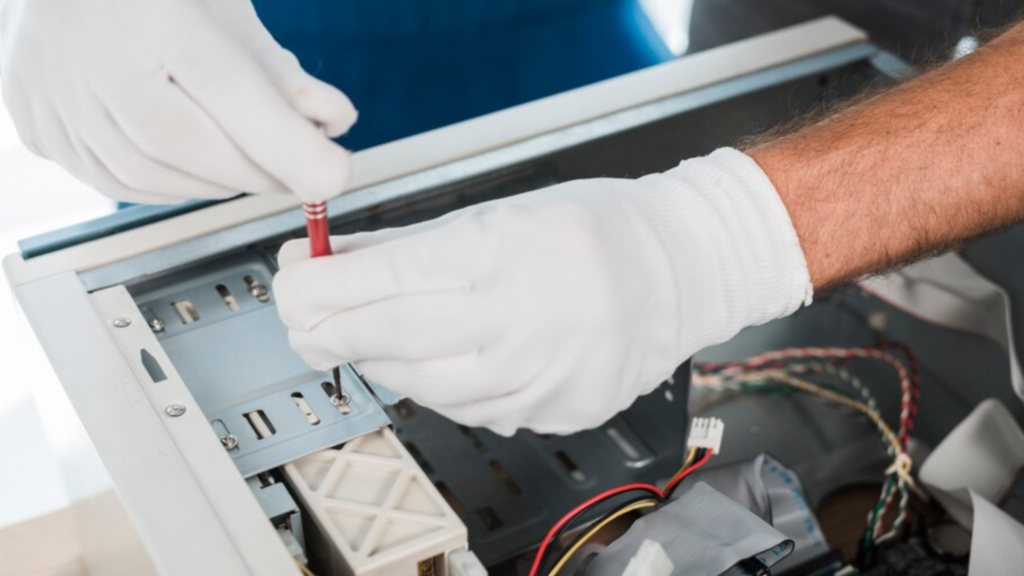
Doing a furnace tune-up yourself can seem like an easy way to save money, but there are good reasons to hire a professional HVAC technician instead.
While a DIY tune-up is cheaper in terms of labor costs, attempting a furnace tune-up without proper training and tools can be dangerous. Furnaces have many complex components under high heat and pressure. Improperly handled parts can lead to gas leaks, electric shocks, carbon monoxide poisoning, fires, and explosions. HVAC professionals have the necessary expertise, equipment, and certifications to safely maintain your furnace.
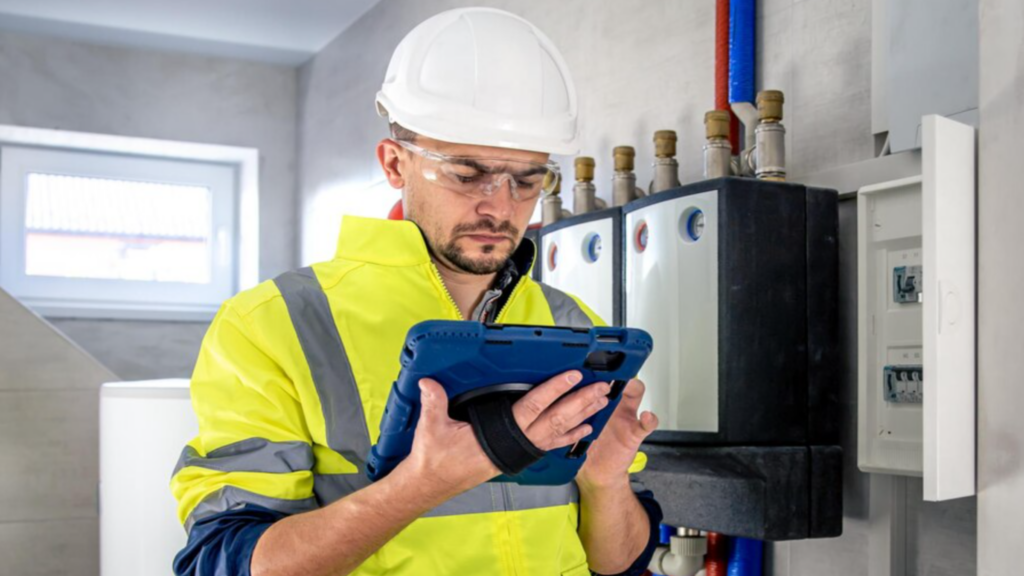
Professionals also know exactly what to look for during a tune-up based on your furnace make and model. They can perform a full inspection, catch minor problems before they become major, and make any needed adjustments for optimal performance and efficiency.
The small upfront cost of a professional tune-up is worthwhile to keep your system running smoothly and prevent big repairs down the road. While DIY repairs may seem like money savers, mistakes made while working on a furnace can cost you far more in the long run-in terms of safety risks, premature system failures, and expensive emergency repairs. Hiring a trusted local HVAC pro is the smarter, safer choice over attempting complex furnace maintenance yourself.
Cost of a Furnace Tune-Up
The cost of a furnace tune-up will vary based on your location, the size and complexity of your HVAC system, and who performs the work. On average, homeowners pay $80-150 for a basic furnace tune-up. Here’s a breakdown of what impacts the price:
Location – Labor rates for HVAC technicians vary greatly based on where you live. Tune-up costs will be higher in areas with a higher cost of living.
System size – The larger the furnace and HVAC system, the more complex the tune-up. Larger homes may pay over $200 for a tune-up.
Complexity – Homes with zoning systems, humidifiers, media filters, and other addons will pay more for a tune-up given the extra time and expertise required.
Technician – Using a professional HVAC company will be more expensive than a handyman service. However, the tune-up will likely be more thorough.
Age of system – Very old furnaces that use outdated parts can add to the cost of parts and labor. New high-efficiency systems tend to have lower maintenance costs.
Additional repairs – If issues are found during the tune-up, any repairs or replacements will add to the overall cost.
To keep furnace tune-up costs low, research pricing in your area. And be sure to ask what’s included in the tune-up service. Most reputable companies offer a basic tune-up package for around $100 that covers all key maintenance.
Improving Efficiency
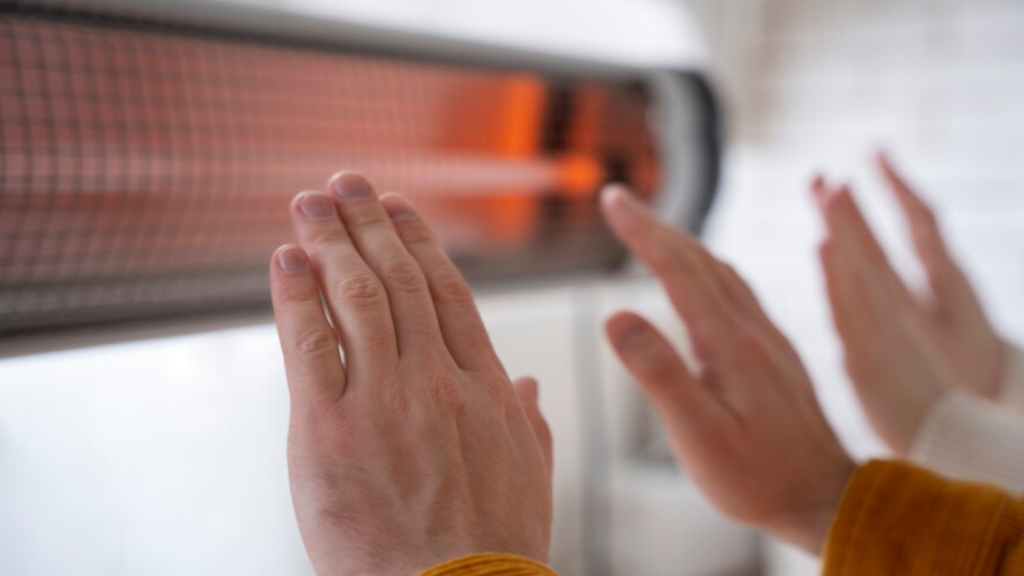
Improving the efficiency of your furnace can help lower energy bills and reduce wear and tear on your HVAC system. Here are some tips:
- Replace filter regularly: Replacing your furnace filter every 1-3 months helps improve airflow and prevent dust buildup. Check your filter monthly and replace it when it is dirty.
- Seal ductwork leaks: Leaky ducts can reduce your system’s efficiency by up to 20%. Seal leaks with mastic paste or metal tape. Focus on connections, seams, joints, and where ducts meet vents.
- Upgrade old furnace: New high-efficiency furnaces can be over 90% efficient, compared to only 60-80% for older models. Upgrading from an old, inefficient furnace can pay for itself in energy savings.
- Schedule maintenance: Have a technician perform annual furnace maintenance like cleaning, inspecting, and tuning up your system. Proper maintenance helps maximize efficiency and lifespan.
Regularly maintaining and upgrading your furnace helps ensure safe, efficient, and reliable operation. Talk to an HVAC professional to assess your system and identify areas for improvement. Investing in furnace efficiency lowers costs and provides long-term savings on energy bills.
Safety Tips
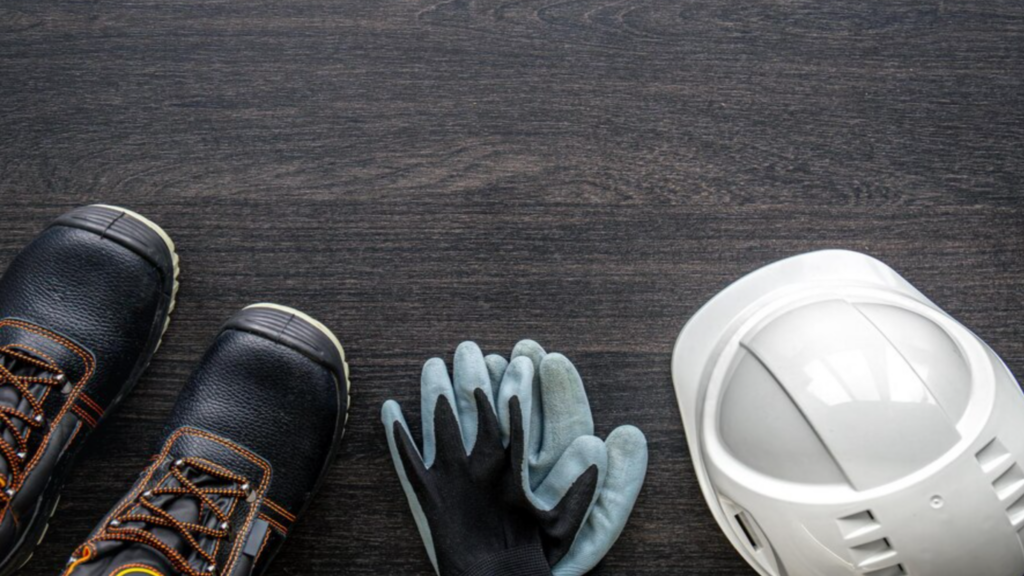
When it comes to your furnace, safety should always be a top priority. Here are some tips to keep in mind:
- Install carbon monoxide detectors on every level of your home. CO is a colorless, odorless gas that can be deadly if inhaled. Detectors will alert you of any potential CO leaks from a malfunctioning furnace. Test batteries monthly and replace detectors every 5-7 years.
- Leave all furnace repairs and maintenance to qualified professionals. Attempting to service the furnace on your own can be dangerous if you don’t know what you’re doing. There are many complex components involved that require technical expertise to address. Don’t take unnecessary risks – call an HVAC technician.
- Follow the manufacturer’s instructions for proper use and care. This includes things like changing filters on schedule, keeping the surrounding area clear of clutter, not blocking vents, etc.
Following these simple furnace safety tips can give you peace of mind knowing your system is operating safely and efficiently. Don’t hesitate to call a professional if you have any concerns.
Signs a New Unit is Needed
Replacing an aging furnace with a new, energy-efficient model can pay for itself rather quickly in utility bill savings. It’s generally recommended to replace your furnace if it’s over 15 years old or requires frequent repairs. Here are some signs it may be time for a new furnace:
Over 15 Years Old: The average lifespan of a furnace is 15-20 years. Older furnaces tend to have more problems and can waste a lot of energy. Newer models are 50-60% more efficient on average.
Frequent Repairs Needed: If you are constantly having to repair your furnace, it likely means the major components are wearing out. Repair costs can quickly add up and outweigh the price of a new unit.
Very High Energy Bills: If your energy bills seem abnormally high even when you aren’t running your furnace much, that’s a red flag. A defective heat exchanger or bad burner can waste a lot of gas. Upgrading to a 95%+ efficiency model can cut your heating costs significantly.
If your furnace is over 15 years old and exhibits any of these warning signs, have a heating contractor assess it. They can advise you on whether replacement makes more economic sense than continuing repairs. Take advantage of rebates and tax credits to make the upgrade more affordable. Investing in a new, warrantied furnace provides long-term savings on utilities and repair costs.
Be Proactive and Get a Furnace Tune Up Today!
Conducting a yearly furnace tune up can go a long way towards making sure that your unit is in good working order and can last you for many years to come. Watch for signs of wear and tear that can indicate your unit needs a tune-up. If you need more information on high-efficiency furnaces and how to best care for your unit, contact one of our expert energy advisors, and they will answer any questions.
Related Posts
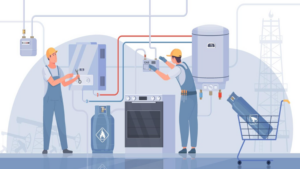
Furnace Maintenance Tips for the Winter
Prepare for winter—ensure your furnace is set with key maintenance tips: filter changes, thermostat inspections, and regular checks.

The First Things You Should Do When You Get a New Furnace
Considering a new furnace? Check ducts, replace filters, and plan maintenance to boost efficiency and extend its life with these tips.

Furnace Humidifier 101: Benefits, Considerations, and Tips
Discover furnace humidifiers: types, health/home benefits, installation, and costs for winter air moisture.

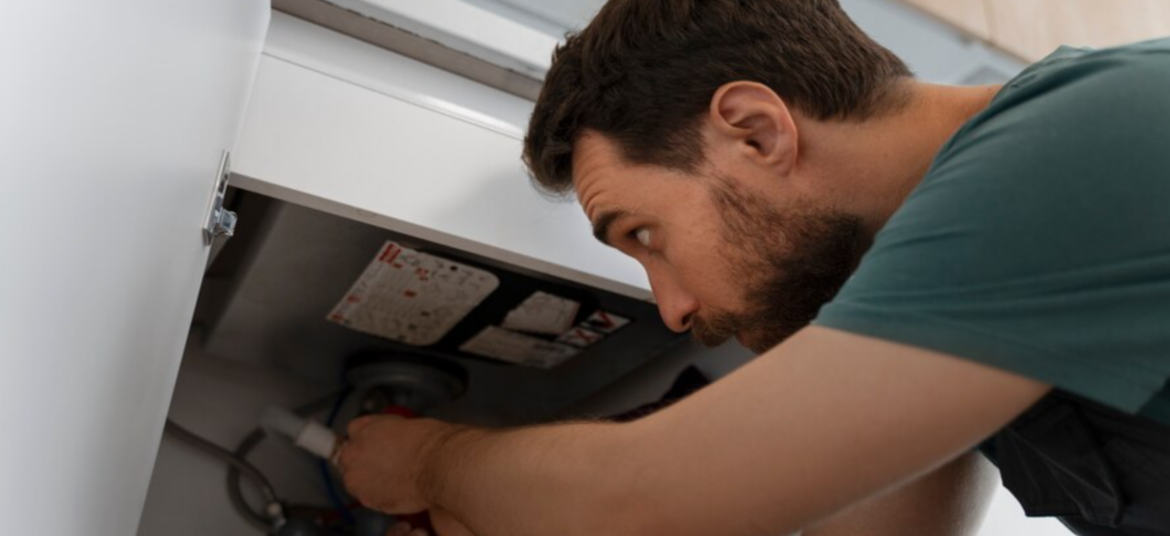
No Comments